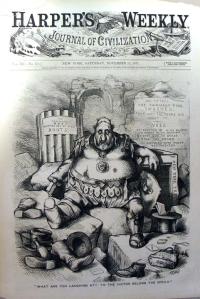 Thomas Nast (1840-1902), “What are you laughing at? To the victor belong the spoils,” Published by Harper’s Weekly, 25 November 1871. Wood engraving. Graphic Arts division GAX Nast Collection
Thomas Nast (1840-1902), “What are you laughing at? To the victor belong the spoils,” Published by Harper’s Weekly, 25 November 1871. Wood engraving. Graphic Arts division GAX Nast Collection
From 1868 to 1871, four Tammany Hall Democrats ran the government of New York City: William Marcy Tweed, alias “Big Bill” or “Boss Tweed”; Peter Barr Sweeny, also called “Brains”; Richard B. Connolly, known as “Slippery Dick”; and A. Oakey Hall, referred to as “O.K. Haul”. It has been estimated that these men stole from $75,000,000 to $200,000,000 from the NYC treasury.
The German-American cartoonist Thomas Nast (1840-1902) referred to Tweed and Sweeny as Tweedledee and Sweedledum, as he waged a campaign to remove the corrupt officials from power through his caricatures in Harper’s Weekly and The New York Times.
Nast’s assault was so sharp and successful that Tweed presented a bill to the State Legislature as an official protest against “an artist encouraged to send forth in a paper that calls itself a “Journal of Civilization” pictures vulgar and blasphemous, for the purpose of arousing the prejudices of the community against a wrong which exists only in their imagination.” There is no doubt that Assembly Bill No. 169 of March 31, 1870, was directed at the “Nast-y artist of Harper’s Hell Weekly—a Journal of Devilization.”
When this did little to stop Nast, Tweed gave orders to his Board of Education to reject all Harper bids for schoolbooks and to throw out those already purchased. More than $50,000 of public property was destroyed and replaced by books from the New York Printing Company (controlled by Tammany Hall).
Harper’s continued publishing Nast’s political cartoons, although Nast moved his family to New Jersey after receiving death threats.
Tweed and his compatriots were finally removed from office in November 1871. One of several celebratory cartoons drawn by Nast depicts Tweed as Marius among the ruins of Carthage, seen above. While Tweed is defeated, the New York Treasury is left demolished and empty.
For more details, see Albert Bigelow Paine, Th. Nast: His Period and His Pictures (New York: Macmillan Company, 1904) Firestone NE 539.N18 P16

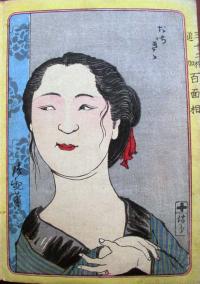
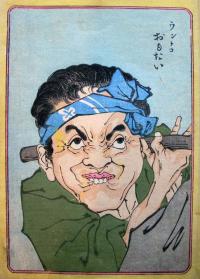
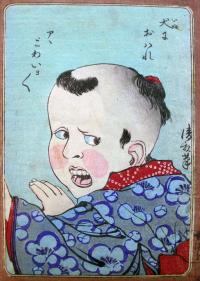
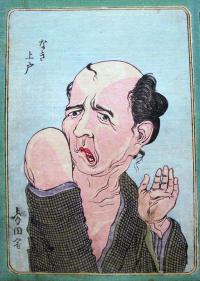

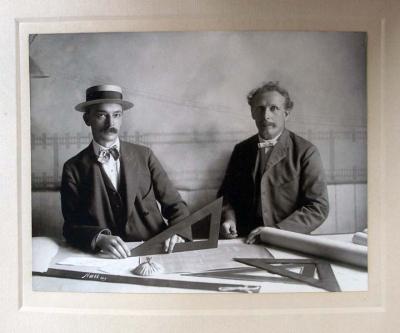
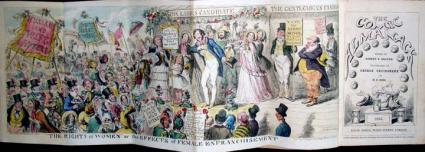
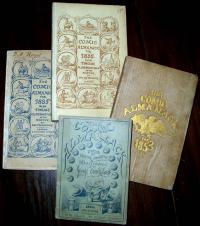


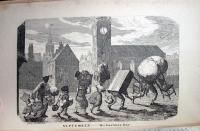
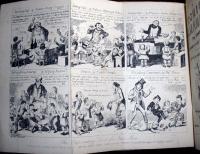

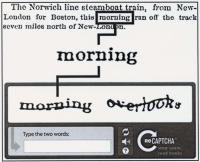
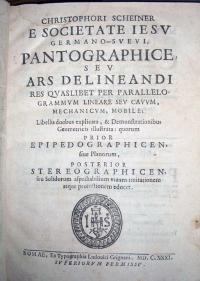
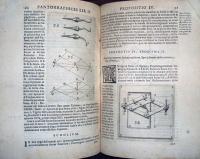
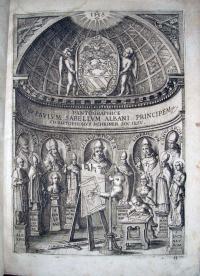
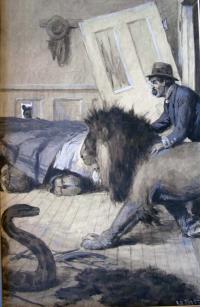
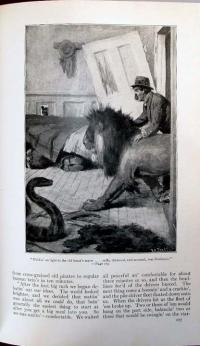
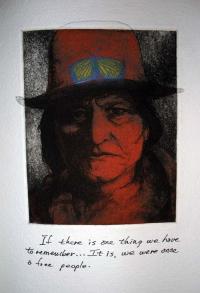
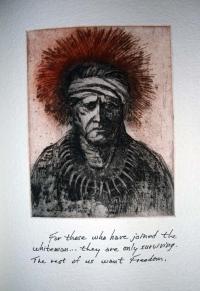
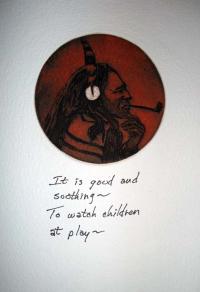
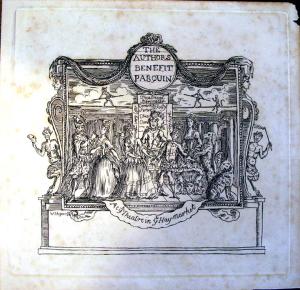
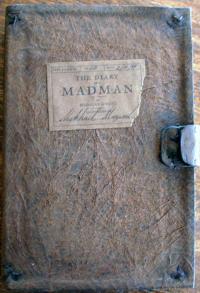
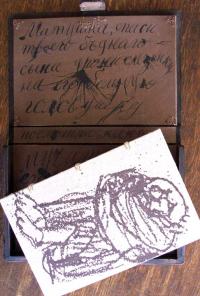
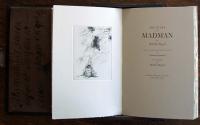

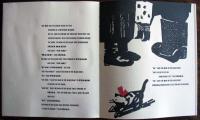
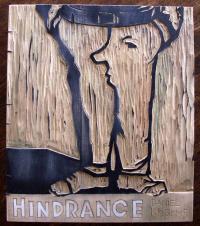
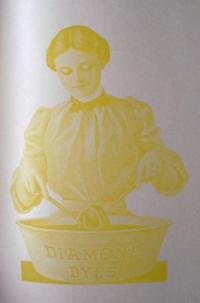

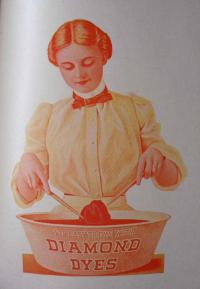
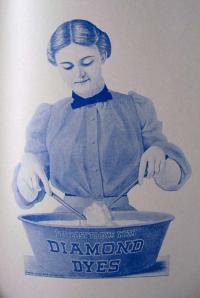

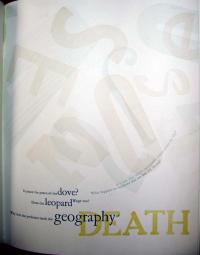

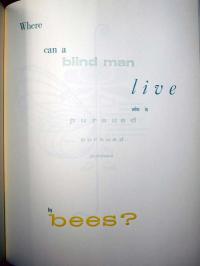

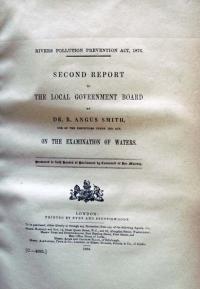
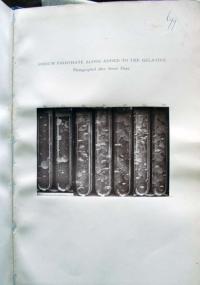

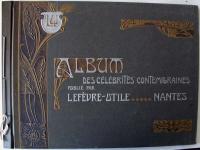

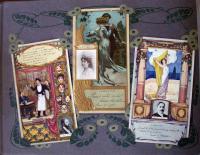
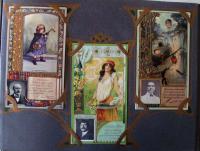
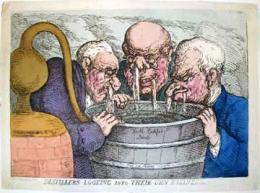
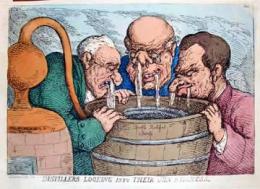
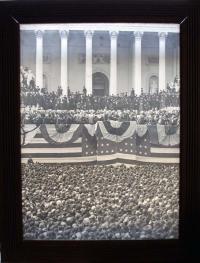

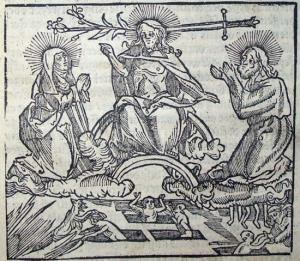
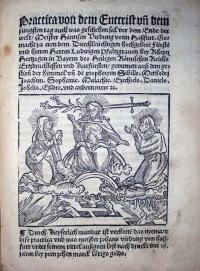
Recent Comments